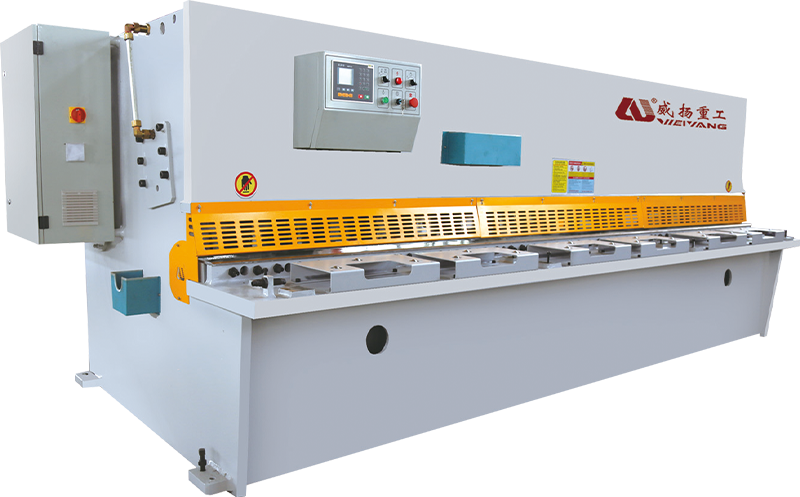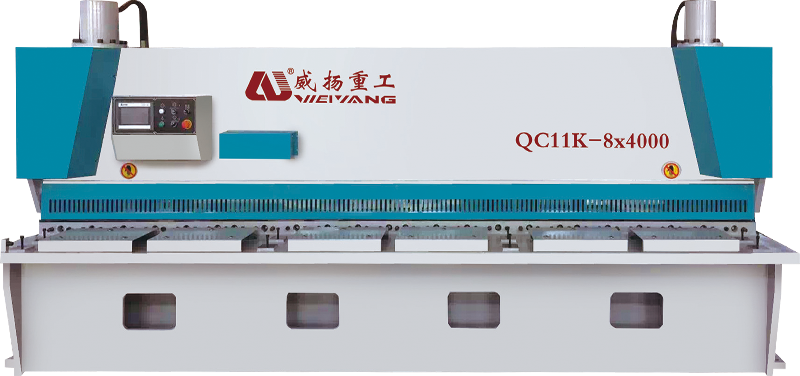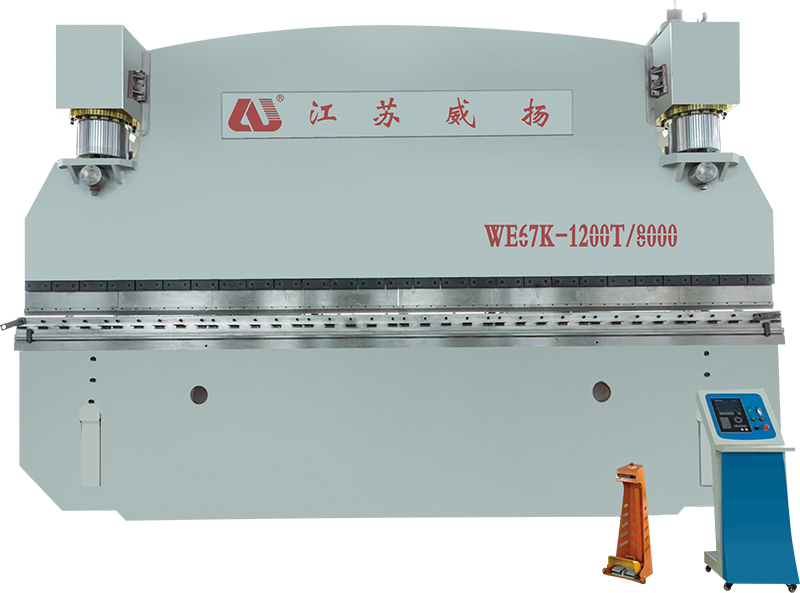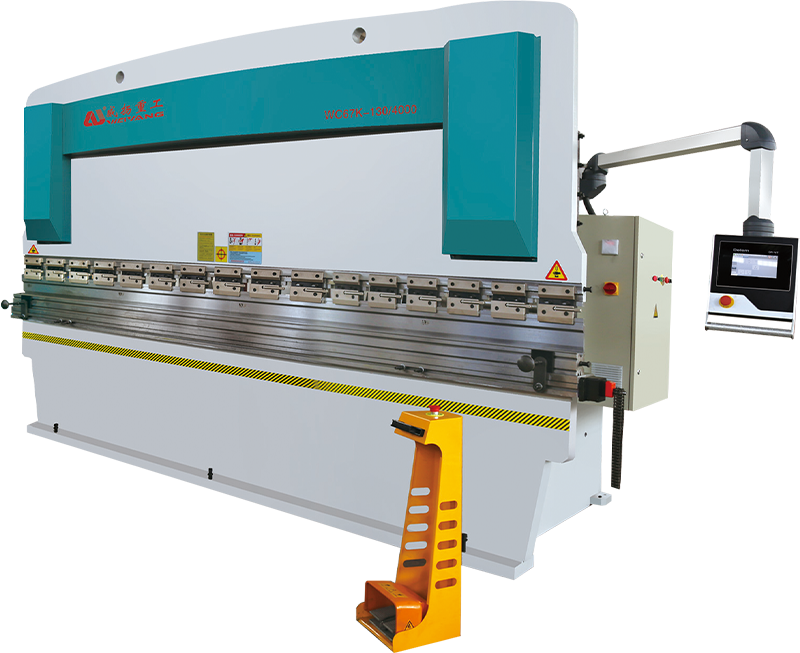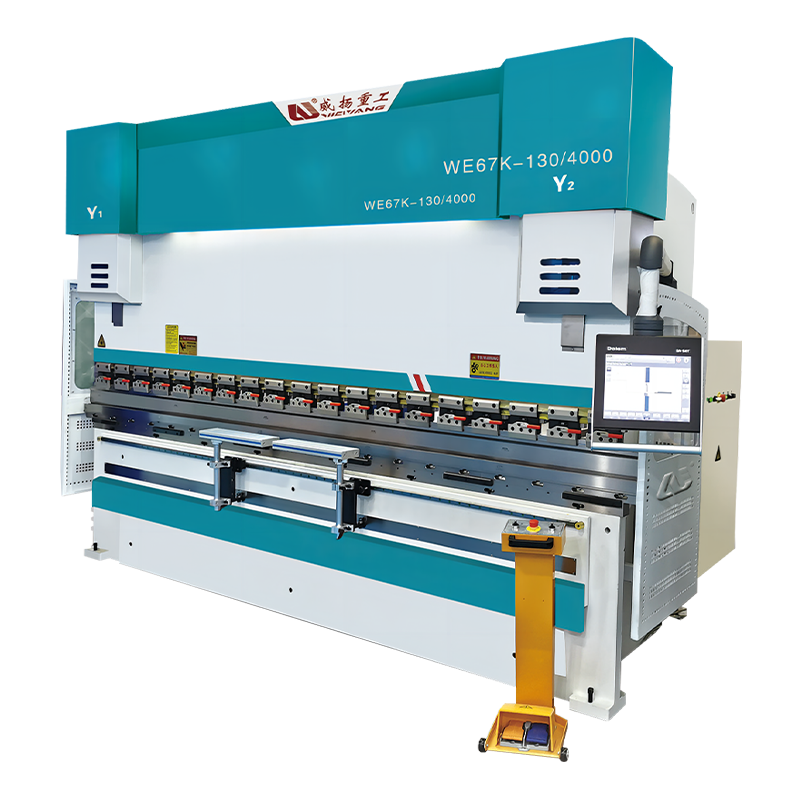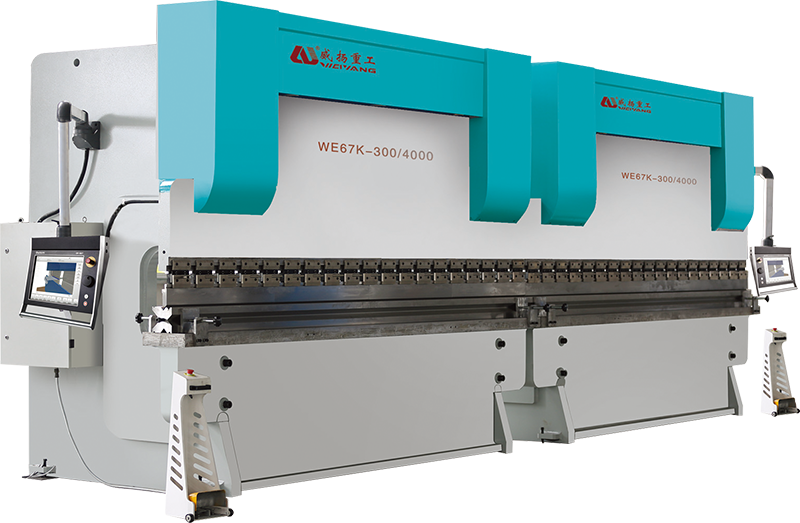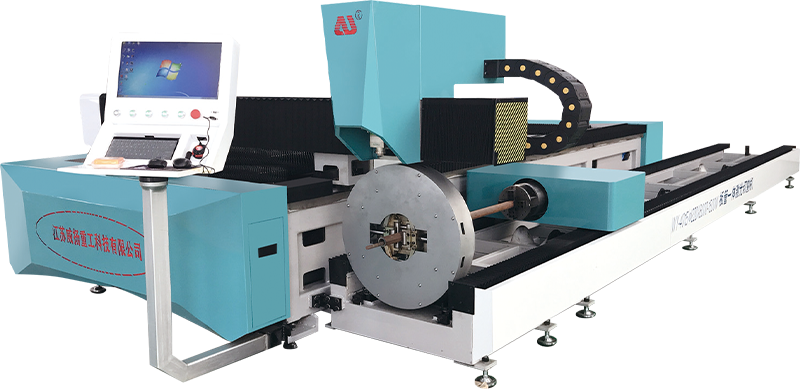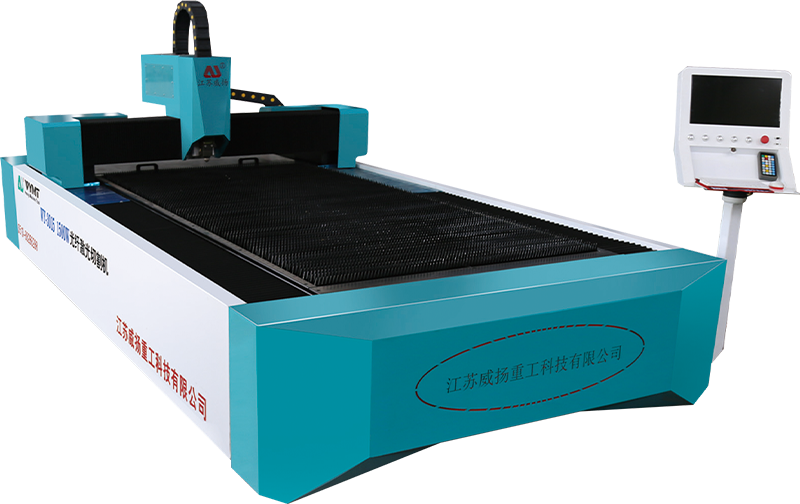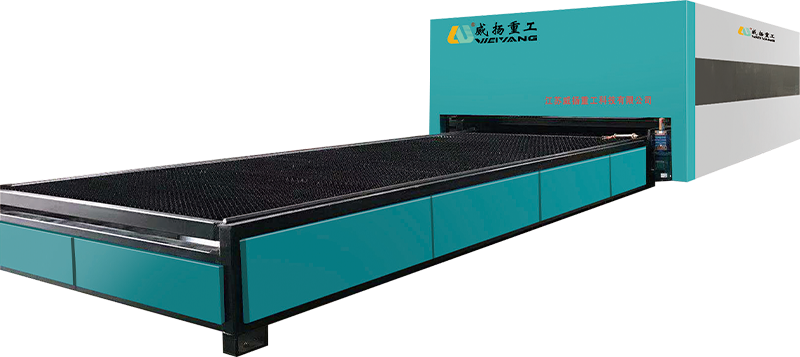How does the CNC Stamping Machine perform in terms of reducing scrap rates and improving material utilization during the stamping process?
The CNC Stamping Machine provides highly precise control over the material cutting process. Through the use of computer-controlled technology, the machine ensures that cuts are made exactly where they are intended, with minimal variation. This precision is particularly important for complex designs or intricate parts where even small deviations can result in significant material waste. CNC technology allows manufacturers to achieve consistent part dimensions throughout the production run. By eliminating variations caused by human error, the machine helps avoid the wasteful over-cutting of materials, ensuring that the final parts are produced within exact tolerances. This precise cutting helps minimize scrap generation, improving material utilization while maintaining the required quality standards.
The ability to optimize tooling and die setup is another key feature of CNC Stamping Machines that contributes to reducing scrap. Traditionally, stamping processes require a significant amount of time to align and adjust dies and tooling, and any mistakes in setup can lead to scrap. In CNC Stamping, the machine is capable of automatically adjusting die settings to match the required part specifications. This feature ensures that the dies are perfectly aligned, reducing the chances of errors that could lead to malformed or underperforming parts. CNC Stamping Machines also allow for quick die changes, minimizing downtime and improving the overall efficiency of the operation. Multi-die configurations can be stored and recalled from the machine’s program, ensuring that parts are stamped with optimal accuracy, which significantly reduces scrap and material waste.
Modern CNC Stamping Machines come equipped with advanced nesting software, a powerful tool that optimizes the arrangement of parts on the material sheet. The software calculates the best layout, taking into account the shape and size of the parts to minimize unused material areas. By arranging parts efficiently, the nesting software reduces gaps between parts and maximizes the use of the material sheet, leading to lower material wastage. This is particularly crucial in industries where raw materials are expensive or hard to source. For example, in the automotive or aerospace industries, where high-strength metals are used, maximizing material utilization can have a direct impact on cost reduction and resource conservation. Nesting software also accounts for variations in material properties, ensuring that the material is used in the most efficient way possible.
In traditional stamping, operators often have to make manual adjustments, which can lead to issues like over-cutting (cutting away too much material) or under-cutting (leaving excess material). Both issues contribute to scrap. CNC Stamping Machines, however, are programmed to meet exact tolerances, reducing the need for manual intervention and ensuring that the cutting process is as accurate as possible. Over-cutting wastes valuable material, while under-cutting can lead to parts that do not meet specifications, requiring further processing or rework. With CNC Stamping, the machine ensures that parts are stamped precisely, minimizing both over-cutting and under-cutting.
One of the significant environmental advantages of CNC Stamping Machines is their ability to integrate material recovery and recycling systems. These systems are designed to collect scrap material generated during the stamping process, such as metal off-cuts or plastic waste. The scrap is automatically fed into a collection system that can be easily recycled or reused. This integration reduces the amount of material waste that ends up in landfills and contributes to a more sustainable manufacturing operation. In some cases, the collected scrap can be reprocessed and used for subsequent production runs, reducing the need for new raw materials.





